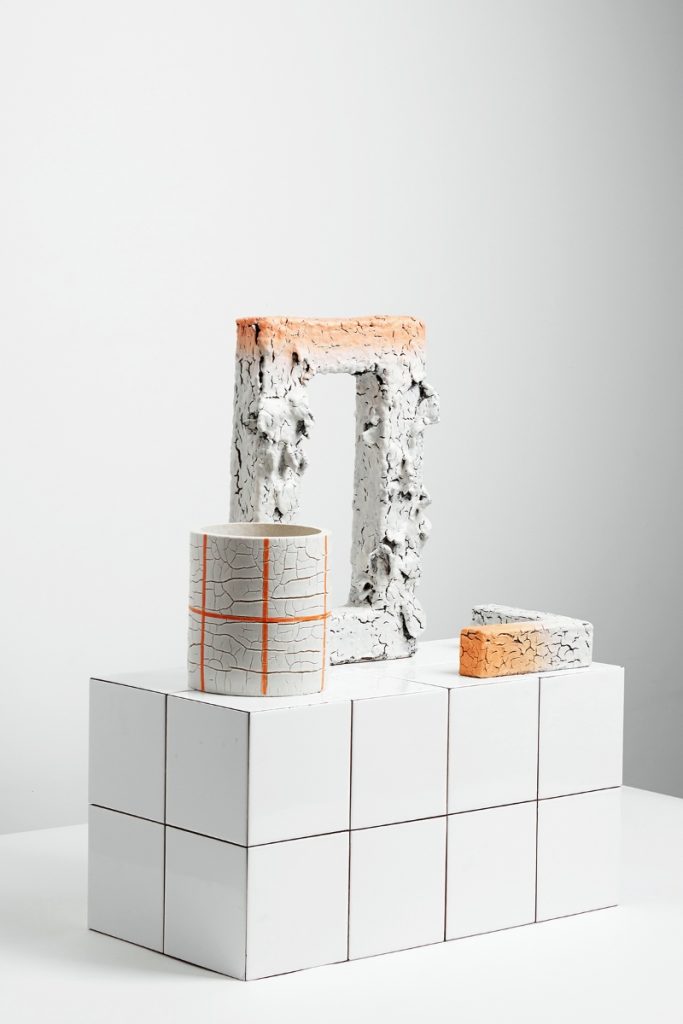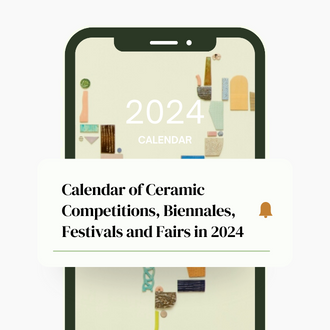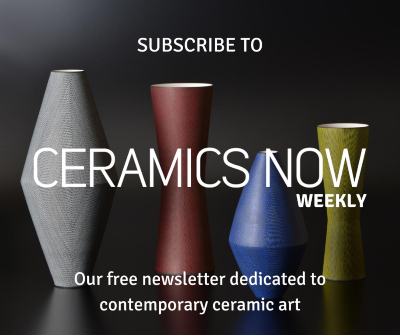Irina Razumovskaya is an internationally acclaimed ceramic sculptor, recognized for her work combining architectural forms with innovative surface effects and glazing techniques. She is a tutor on the Ceramics & Glass programme at the Royal College of Art London.
Born in Leningrad, USSR, Irina Razumovskaya is a ceramic sculptor and painter based in London. She graduated magna cum laude from both BA and MFA degrees at the Saint Petersburg Stieglitz State Academy of Art and Design, and holds an MA in Ceramics and Glass from the Royal College of Art.
She is regularly invited to participate in high profile international competitions and exhibitions, with recent works featured in the British Ceramics Biennial, Korean International Ceramics Biennale, and the Loewe Craft Prize. Irina won the NASPA Ceramic Talent Award at the Westerwald Museum in Germany, the Biennal de ceramics d’Esplugues Angelina Alos in Spain, the International Triennial of Silicate Art in Kecs-kemet in Hungary, and the Carter Preston Award in Liverpool, UK. She was also awarded the D’A Special Award, Silver Medal at the 59th Faenza Prize Ceramic Competition in Italy.
Her work can be found in the collections of Chatsworth House in the UK, Mashiko Museum of Ce-ramic Art in Japan, the Yingge Ceramics Museum in Taiwan, the Icheon World Ceramic Center GICB in Korea, the Foundation for Contemporary Ceramic Arts in Kecskemet, Hungary, the Yerevan Contemporary Art Museum in Armenia, and a host of private collections worldwide.
Visit Irina Razumovskaya’s website and Instagram page.
Featured work
Selected works, 2018-2021

In much of her work Irina creates visions of urban landscapes, imagined ancient archaeological sites and objects using purely the material language of ceramics.
Blending together architectural forms and natural shapes, her work reveals itself as a mirage from the distant past and recent present: invoking the feeling of belonging, being present and in contact with nature.
Irina makes use of unusual textures created through experimental ceramic surface applications, which mimic the effects seen on ageing and crumbling structures. Peeling and decaying surfaces provide glimpses into the deeper layers of meaning that can be found within our shared culture, of-ten obscured by the glossy veneer of the modern world.
Her work serves as a critical response to a world where the vandalism of heritage and nature is becoming an everyday occurrence. It reminds us that behind the ephemeral and easy there are profound and abiding connections, which can be uncovered through gaining a deeper understanding of our true context within the history of civilization.





